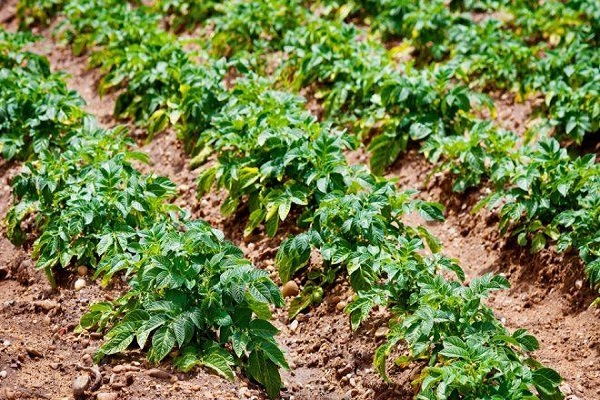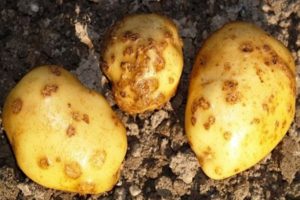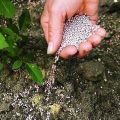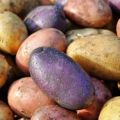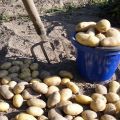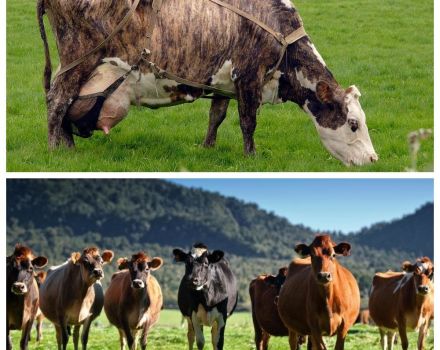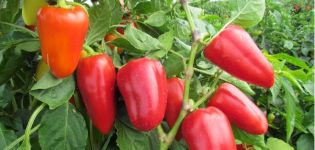Instructions for the use of superphosphate fertilizer in the garden
Double superphosphate allows you to enrich the soil not only with the required amount of phosphorus, but also with other nutrients. Due to the constituent components, the yield increases and the immunity of the crop is strengthened. The drug can be purchased at a low price in granules or in powder form, so the fertilizer is popular.
Useful properties of the product
Superphosphate fertilizer is a balanced complex of nutrients necessary for the normal development of any crop in a vegetable garden or garden. In addition to phosphorus, the fertilizer contains various other trace elements. They are fed fruit trees, vegetables, berries, flower beds.
Why do plants need a balanced complex of substances? It is needed in order to slow down the aging process, for the development of a strong and healthy root system, including tubers, to accelerate the process of fruit formation and ripening.
The differences between fertilizer with a doubled amount of the main component and the usual feeding are in the absence of calcium sulfate impurities and the content of other important elements. Why apply top dressing? The dual type of fertilizer has several advantages:
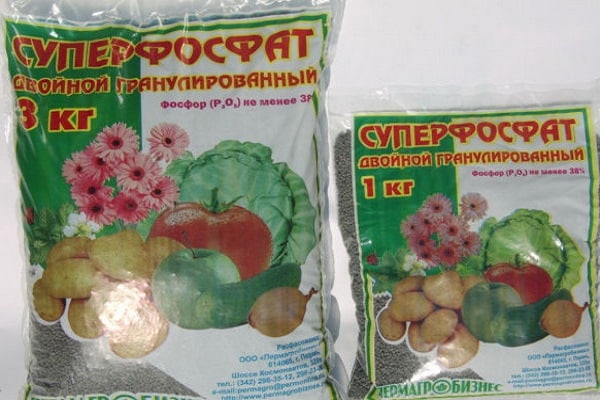
- does not contain unnecessary fastening elements;
- stimulates plant growth well;
- nitrogen has a beneficial effect on an increase in the number of ovaries;
- sulfur increases strength and immunity;
- the granules do not deteriorate, which is convenient for long-term storage.
The main application of the diluted fertilizer occurs in the spring and at the end of September. With surface application, it is imperative to dig up the soil. When planting a vegetable crop, they simply use granules, which are laid out in the holes.
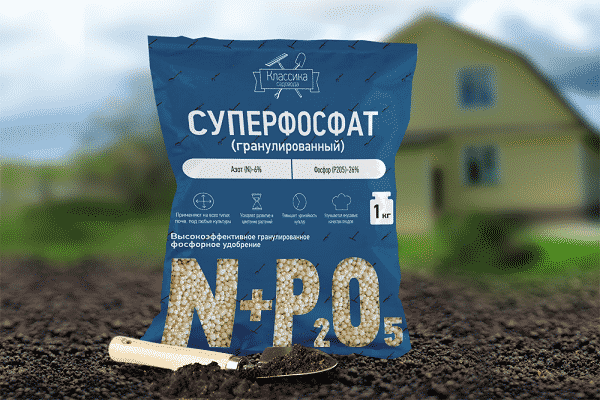
Tip: in order for the selected type of composition to bring only benefits, dilute all components strictly according to the instructions. Each vegetable crop at a different stage of development needs certain amounts of one or another trace element.
There is a wide variety of fertilizers, which include the presented complex. To study the difference between them, a description of the most basic formulations is presented.
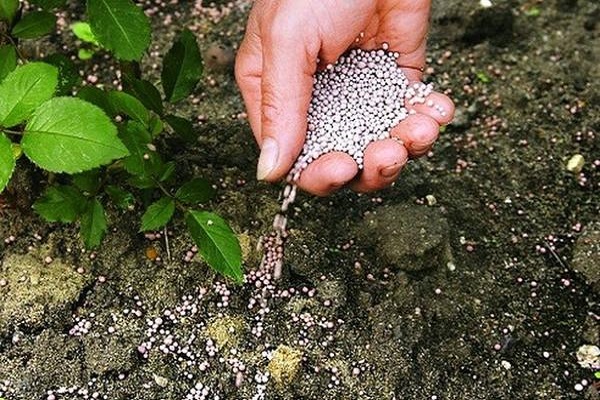
Varieties of compositions
There are several types of superphosphate fertilizer, which differ in composition. To replace one type of fertilizer with another, you need to know the composition and quality of the soil and take into account the peculiarities of plant development.
Simple superphosphate contains no more than 20% phosphoric oxide, which is necessary for potatoes, carrots, and beets. It was noticed that vegetable crops after fertilization were distinguished by their appearance and tasty fruits. The plant developed faster, hurt less, looked more powerful than others and gave a high yield.

The usual composition is best used as an additive to compost, since fertilizers do not dissolve well in water.Vegetable ingredients are alternated with product granules in a large container or compost pit. The prepared mixture can be used as early as next year.
The main difference between double superphosphate and a simple composition lies in the content of active substances, there are much more of them. Double superphosphate comes in small gray granules that dissolve quickly in liquid. It is recommended to apply it during soil cultivation in April and September.
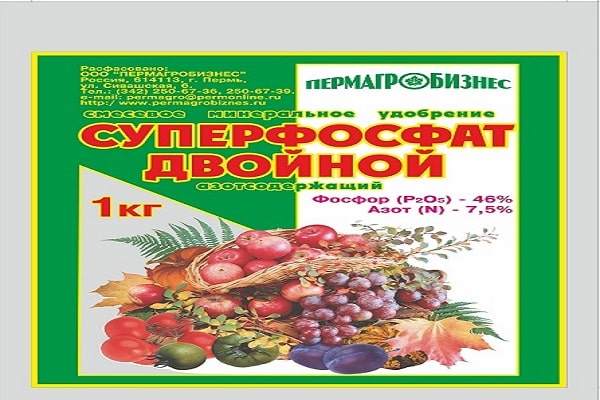
Traditionally, fertilizer with a granular composition is used. It can be applied dry or used to prepare a liquid solution. Granular superphosphate contains a high percentage of phosphorus. Superphosphate also contains more than 30% calcium sulfate. It is well stored and distributed when applied to the ground. It is desirable that the soil is not acidic, otherwise there is a need to add wood ash.
Ammonized superphosphate contains a large percentage of sulfur and potassium sulfate, has good solubility in water and does not change the acidity of the soil. Double ammoniated superphosphate is a concentrated fertilizer made of nitrogen, calcium and phosphorus.
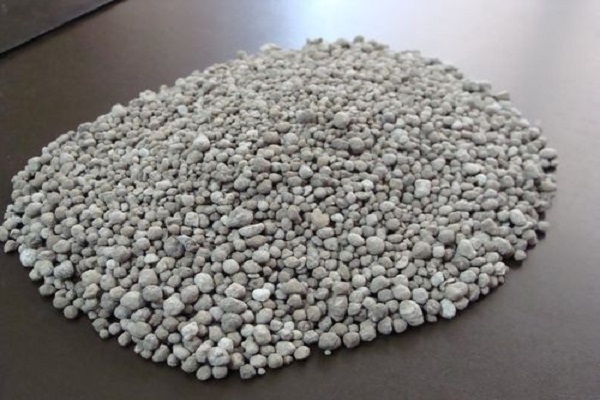
The humated composition is distinguished by an additional component in the form of a peat humate (potassium or sodium). The composition contains 20% phosphorus, about 3% are humates. After entering the soil, it is well absorbed by the plant. The use of this type of fertilizer helps to strengthen the roots and the formation of large fruits. Humate increases disease resistance, productivity and reduces the percentage of nitrates.
How to dissolve superphosphate in water
Phosphate fertilizers it is difficult to dissolve in water, and there is little use in a dry composition. But in liquid form, they quickly penetrate from the soil into the plant. Superphosphate extract is easy to prepare. In the process, the granules are crushed, but not completely decomposed.
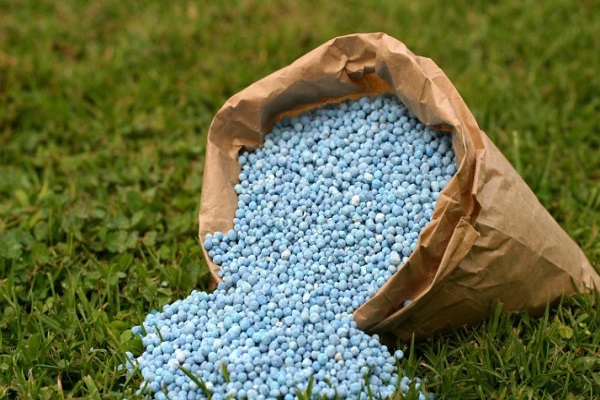
During the preparation of the compositions, it should be borne in mind that superphosphate is remarkably combined with potassium preparations. These two components help each other to be better absorbed by the plant.
The superphosphate extract is made by dissolving the granules with boiling water. The following proportion must be observed: for 1 liter of water, 100 g of granules are required. Hot water does not impair the beneficial properties of the fertilizer. On the contrary, it becomes easily digestible and quickly penetrates into the vegetable culture. The solution is transferred to a warm room and left to infuse for a day. Stir it periodically. After that, the solution is filtered so that there is no sediment.
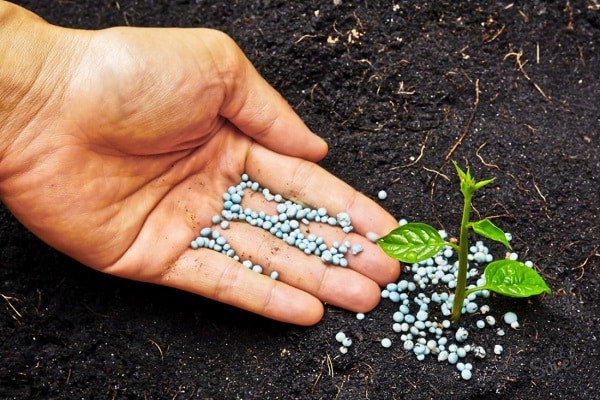
How to prepare a nutritional supplement? The following recipe is effective and popular. A superphosphate solution is preliminarily made: 65 g of fertilizer is dissolved in three liters of boiling water. After that, the working staff is prepared. In a bucket of water, you need to dilute all the components: 150 g of the resulting solution, 450 ml of wood ash and 25 g of nitrogen. Nitrogen is added for good and fast absorption of phosphorus.
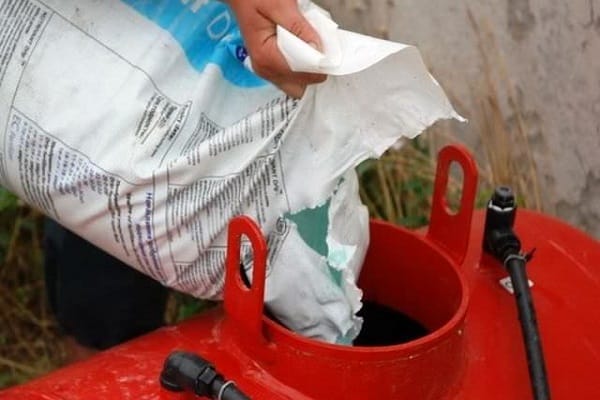
The use of a fertilizer with natural organic ingredients is an effective and cheap way of plant nutrition. 150 granules of fertilizer are poured into a bucket of raw manure, mixed thoroughly and left to infuse for two weeks.
Another method, how to dissolve superphosphate, involves mixing with various biobacterial solutions, such as "Fitosporin" or "Humate". The mixture is poured with hot water and left to infuse for 22-24 hours. Only after this time can you use the solution.
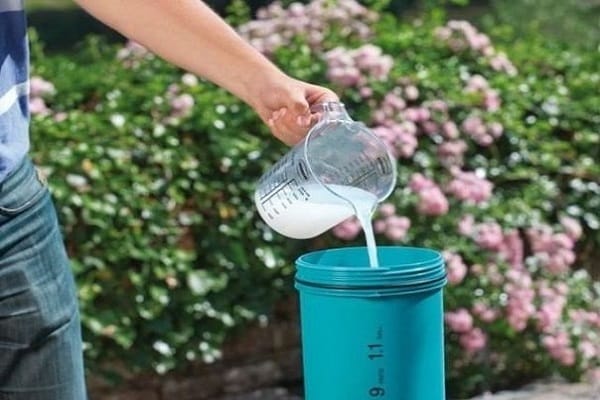
Processing potato beds
Instruction for use assumes fertilization in early spring and autumn after harvest. In fertile soil, it is enough to add 45 g of superphosphate per 1 sq. meter.For depleted land, the amount increases to 65 g.
For potatoes, phosphorus is an integral element, therefore, when growing it, the use of superphosphate is mandatory. There are several ways to apply fertilizer. You can fertilize the soil when preparing it in the fall, while it is recommended to prepare a solution of superphosphate (35 g), fresh manure (7 kg) and potassium sulfate (18 g).
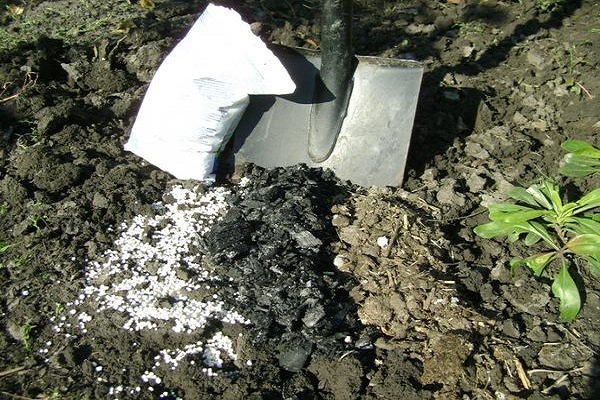
For potatoes, a solution is most often prepared for foliar processing and watering. It is recommended to add superphosphate to slow down the development of foliage and prevent its rapid aging. At the same time, nutrients penetrate the tubers, accelerate their growth, ripening and increase the amount of starch. Potatoes are stored for a long time, do not spoil. It is best to process a vegetable crop three weeks before harvest.
During the spring digging of land in the garden, it will be required for 1 sq. meter take 35 g of superphosphate, 18 g of ammonium nitrate and the same amount of potassium sulfate, 450 g of dolomite flour.
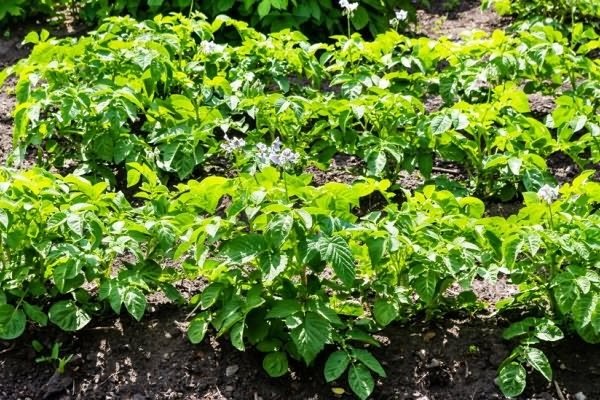
Double superphosphate is used for feeding during planting. Manure 150 g, 45 g of ash and 6 g of superphosphate are distributed into each hole 10 cm deep. Prepared seed material is thrown on top of the fertilizer.
Feeding with superphosphate is also carried out in the event that it was noticed that the leaves darkened, wither and fall off. For seedlings, you need to take a double superphosphate in an amount of 4 g. The drug is dissolved in a liter of water. It is recommended to spray each bush.
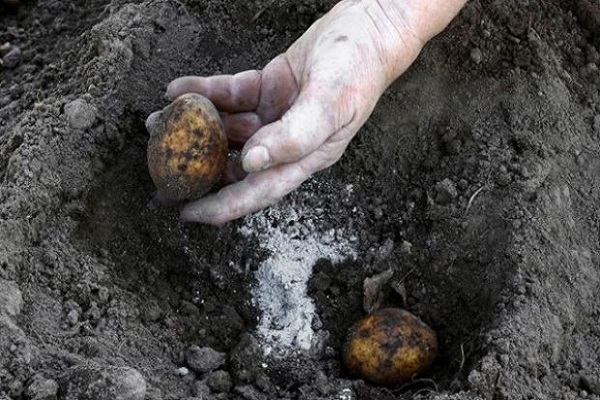
Before flowering potatoes with superphosphate, foliar spraying is useful. There is nothing difficult about how to make fertilizer. Dilute 2 g each of ammonium nitrate and potassium chloride, 20 g of superphosphate and 0.1 g of copper sulfate. Fill all components with water and leave to infuse for 4 hours. Before spraying, the resulting solution is diluted with water in a 1: 1 ratio. Treatment should be carried out in the evening hours.
